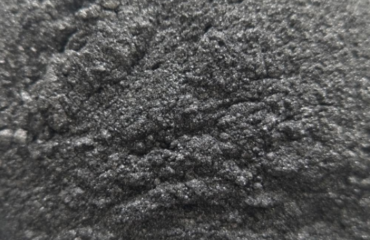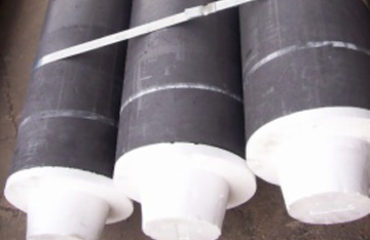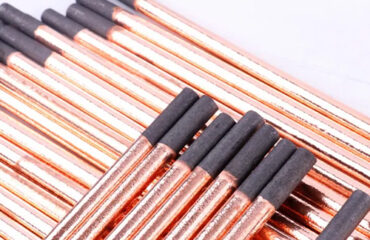Why can graphite plates conduct electricity? Because the graphite plate contains free moving charge, the charge moves freely after being electrified, forming current, so it can conduct electricity. The real reason for the conductivity of graphite plate lies in that six carbon atoms share the big Π 66 bond with six electrons and six centers. In the same carbon ring of graphite plate, all six membered rings form a Π – Π conjugate system, or in the same carbon ring of graphite plate, all carbon atoms form a huge big Π bond, and all electrons in the big Π bond can flow freely in the layer, That’s why graphite plates conduct electricity. The characteristics of graphite plate are as follows: 1) high temperature resistant type: the melting point of graphite plate is 3850 ± 50 ℃, and the boiling point is 4250 ℃. Even after the ultra-high temperature arc burning, the weight loss is very small, and the coefficient of thermal expansion is very small.
The strength of graphite plate increases with the increase of temperature. At 2000 ℃, the strength of graphite plate doubles. 2) Conductivity and thermal conductivity: the conductivity of graphite plate is 100 times higher than that of general non-metallic ore. The thermal conductivity is higher than that of steel, iron, lead and other metal materials. The thermal conductivity decreases with the increase of temperature, even at extremely high temperature, the graphite becomes an insulator.
The reason why the graphite plate can conduct electricity is that each carbon atom in the graphite plate only forms three covalent bonds with other carbon atoms, and each carbon atom still retains one free electron to transmit electric charge. 3) lubricity: the lubricity of the graphite plate depends on the size of the graphite plate scale. The larger the scale is, the smaller the friction coefficient is, and the better the lubricity. 4) Chemical stability: graphite plate has good chemical stability at room temperature, and can resist the corrosion of acid, alkali and organic solvent. 5) Plasticity: the graphite plate has good toughness and can be formed into very thin sheet. 6) Thermal shock resistance: the graphite plate can withstand the drastic change of temperature without damage when it is used at normal temperature. When the temperature changes suddenly, the volume of the graphite plate changes little and will not crack.



